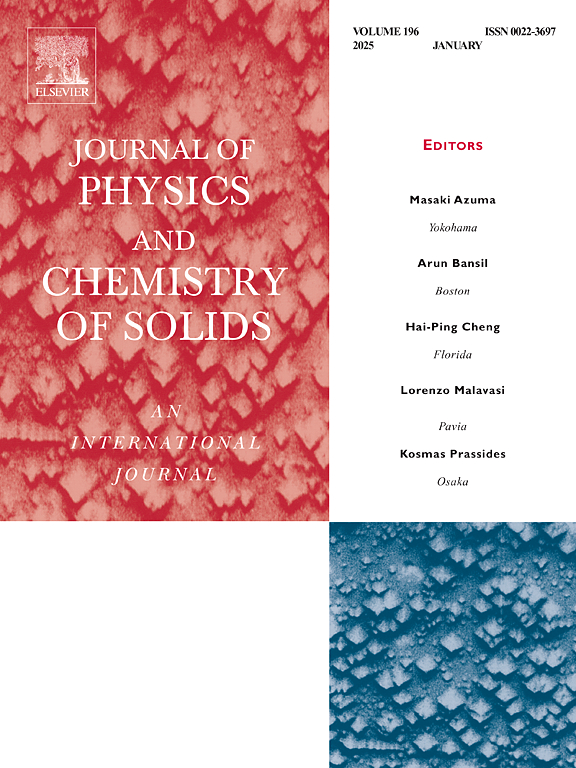Temperature-dependent structural tuning of flower-like NiFe2O4 nanostructures as simplistic electrocatalyst for oxygen evolution reaction toward alkaline water splitting
IF 4.3
3区 材料科学
Q2 CHEMISTRY, MULTIDISCIPLINARY
引用次数: 0
Abstract
Electrochemical water splitting is one of the best routes to produce highly demanding carbon-neutral green hydrogen using renewable energy sources. Therefore, oxygen evolution reaction (OER) which is bottleneck in electrocatalysis process due to its sluggish kinetics needs to be evaluated. In this work we fabricated flower like nickel ferrites with different annealing temperatures via chemical bath deposition technique and they are utilized for the OER properties. The nickel ferrite thin film annealed at 200 °C was found to be the most active OER electrocatalyst among the tested materials in 1 M KOH electrolyte. It exhibited an overpotential of 372 mV (vs RHE) at a current density of 20 mA cm−2 and an ultralow Tafel slope of 42 mV dec−1 revealing faster reaction kinetics of the catalyst. Moreover, the catalysts showed outstanding electrochemical stability tested for more than 10 h of continuous operation in alkaline electrolyte without deviation in its overpotentials. It has been evidenced that the OER enhancement is due to the increased number of active sites, faster reaction kinetics (Rct = 0.42 Ω), hydrophilic surface properties, and high electrochemical surface area of 222 cm2. Thus, this work represents a simple and cost-effective way to develop catalyst materials for water splitting.
求助全文
约1分钟内获得全文
求助全文
来源期刊
CiteScore
7.80
自引率
2.50%
发文量
605
审稿时长
40 days
期刊介绍:
The Journal of Physics and Chemistry of Solids is a well-established international medium for publication of archival research in condensed matter and materials sciences. Areas of interest broadly include experimental and theoretical research on electronic, magnetic, spectroscopic and structural properties as well as the statistical mechanics and thermodynamics of materials. The focus is on gaining physical and chemical insight into the properties and potential applications of condensed matter systems.
Within the broad scope of the journal, beyond regular contributions, the editors have identified submissions in the following areas of physics and chemistry of solids to be of special current interest to the journal:
Low-dimensional systems
Exotic states of quantum electron matter including topological phases
Energy conversion and storage
Interfaces, nanoparticles and catalysts.

 求助内容:
求助内容: 应助结果提醒方式:
应助结果提醒方式:


